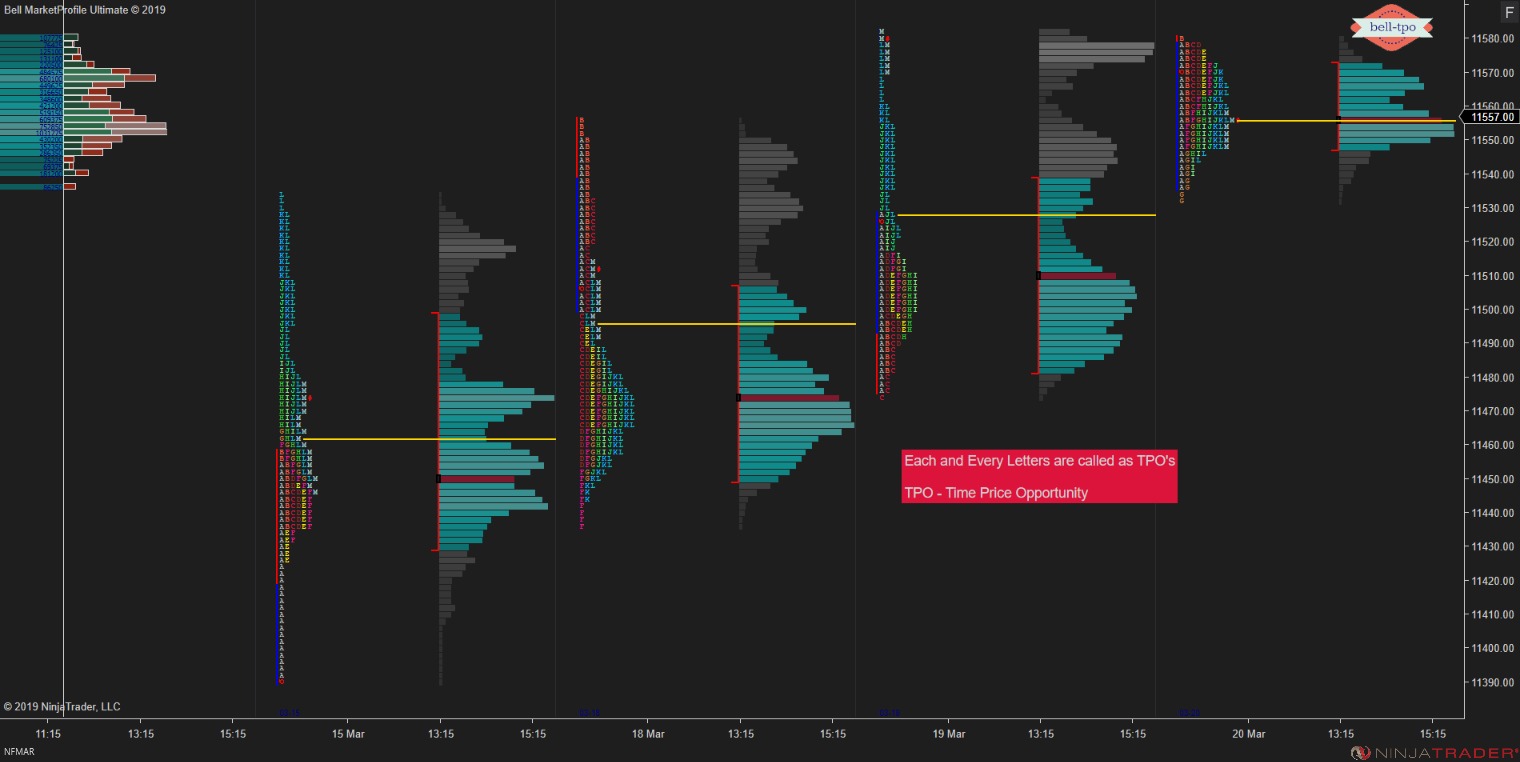

Finance
What Are The Different Types of Stocks?
Modified: September 6, 2023
Before you make an investment, know the different types of stocks you can purchase and how to choose the right stock for you.
(Many of the links in this article redirect to a specific reviewed product. Your purchase of these products through affiliate links helps to generate commission for LiveWell, at no extra cost. Learn more)
A stock represents ownership. It is an investment that is also known as “share” or a company’s “equity”. If you purchase different types of stocks, you own a part of that company or corporation. You become a shareholder. As a shareholder, you also have a claim on what the company owns (assets) and what they generate in profits (earnings).
Stock prices are constantly fluctuating every day. Investors buy stocks they think are profitable and will go up in value. If it is profitable, the price of stock will most likely rise. However, if it is not profitable, the price of stock will probably fall over time.
Stock investors also face the risk of the company losing their value or going out of business. It may result in the loss of all or some of their investment. That is why it would be better for investors to purchase stock from many companies rather than just one.
But before purchasing stocks, here are the different types of stocks you should know.
Common Stocks and Preferred Stocks
Common and Preferred are the two main types of stocks. The common stock is what most investors usually own in a public company. This type of stock may pay dividends, but the dividends are not fixed and guaranteed. On the other hand, preferred stock pays fixed dividends. Owners can expect a certain amount of income from the company’s earnings each year.

Photo by William Iven from Pixabay
The rights also differ for common and preferred stock. While common stock gives shareholders a right to vote in the company, the preferred stock does not give shareholders the same voting rights.
Growth Stocks
Companies expected to have high earnings issue growth stocks. But despite the high potential returns, it tends to have higher risk levels. Also due to fierce competition, rivals can disrupt a growth stock business causing it to fall from favor quickly. Its prices can sharply lower with even just a slowdown in growth.

Photo by David Schwarzenberg from Pixabay
Successful growth stocks are achievable though. Businesses may do this by connecting with longer-term trends and tapping into the strong and rising demand among customers. This will support the use of their products and services.
The earnings are usually reinvested back to fund the development of the business. Growth stocks may pay low dividends, but as long as the company grows, its stock value is likely to keep increasing.
Value Stocks
A value stock is one of the types of stocks that belong to the popular investment methods. Unlike growth stocks, it is seen as a more conservative investment. This stock is often mature and issued by well-known companies. These companies have already grown into industry leaders and do not need to expand any further. They also have assets that are worth more than the stock price.

Photo from Pexels
Value stocks are a good choice for investors that seek more price stability and positive stock exposure. They believe that the company’s shares are a bargain. And in the future, it will become more valuable when the company grows or its industry improves.
Domestic and International Stocks
These are types of stocks that are categorized by their geographic location. To distinguish domestic from international stocks, most investors look at the official headquarters of the company. It can be helpful to not only invest domestically but also in internationally based companies and in emerging markets. This way, you can diversify your investment portfolio.
Small-cap, Mid-cap, and Large-cap Stocks
Small-cap, mid-cap, or large-cap are types of stocks grouped by the total worth of all their shares. This value also refers to market capitalization. Companies are generally divided into three sizes. Small-cap has a market value between $300 million and $2 billion. Mid-cap has a market value of between $2 billion and $10 billion. Large-cap has a market value of $10 billion or more.

Photo from Max Pixels
Among the three, large-cap stocks are considered to be a safer and a more conservative investment. Mid-caps and small-caps are riskier but also have a greater capacity for future growth. These stocks may fall into the same category but they rarely perform in similar ways or have anything in common.
Speculative Stocks
This type of stock is typically issued by startup companies with little financial history. Often, they develop new and untested products or explore untapped markets. Speculative stocks come with a high amount of risk due to these companies failing to succeed. But if the company becomes successful, the value of the stock will grow and increase the investor’s rate of return.
Cyclical and Noncyclical Stocks
Cyclical stocks are greatly exposed to broad business cycles. They are dependent on the economy’s health. When economies are strong, cyclical stocks flourish. But during an economic downturn, they lose a substantial amount of value. Companies that issue these types of stocks include car manufacturing, travel, luxury goods, and electronics.

Photo from Max Pixels
On the other hand, noncyclical stocks do not have big swings in demand. They are also known as secular or defensive stocks. During market downturns, these stocks tend to perform better. An example of this would be grocery store chains. This is because no matter what the condition of the economy is, be it good or bad, people still have to buy food and eat.
Income Stocks
Income stocks are often issued by well-established companies. These companies are usually in stable industries like finance, energy, utilities, and natural resources. Income stocks are the least volatile class of stock providing investors with a consistently growing income stream. Normally, these stocks also pay high dividends that may include the majority of earnings.
Photo from Max Pixels
Penny Stocks
Penny stocks are one of the types of stocks with low price and high risk. It is typically issued by small startup companies that need to make money. These stocks trade for as low as 2 cents a share and no more than $5 per share. Most penny stocks fail to thrive, but the stock’s value can dramatically increase if the company does well.
How To Choose The Right Stocks
While it essential to know the stock’s category when investing in stocks, the most important thing to consider is the company’s long-term growth potential. You need to find out if the types of stocks you want to buy complement the other investments you already own.

Photo by Austin Distel on Unsplash
The best way to go about investing is to have a diversified portfolio, instead of individual stocks. But because it may seem daunting, you can also consider stock index funds. This is the easiest way to build a diversified portfolio. In just a single transaction, index funds allow you to purchase many stocks.
Lastly, you need to open a brokerage account. There are many investment apps or Robo-advisors in the market right now that offer the ability to buy individual stocks and index funds. They will help you manage your investments according to your time horizon, risk tolerance, and goals.














